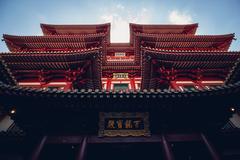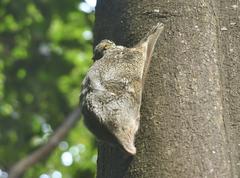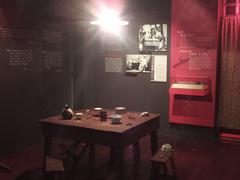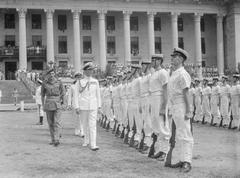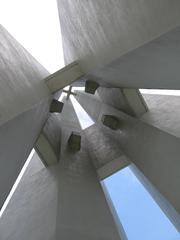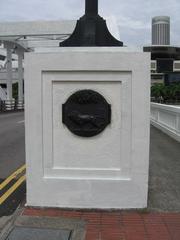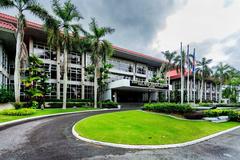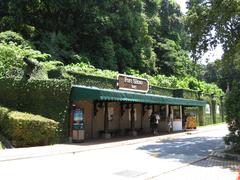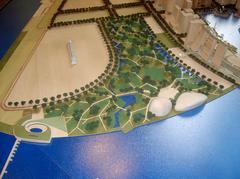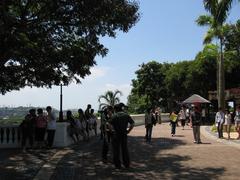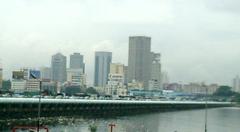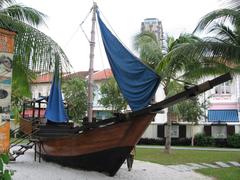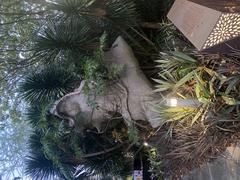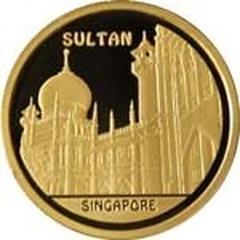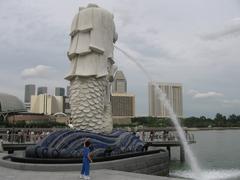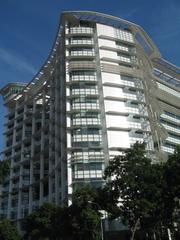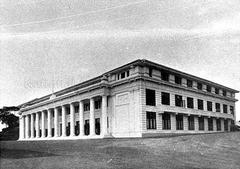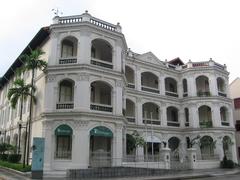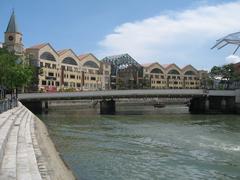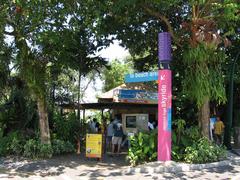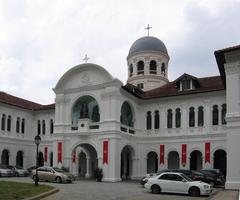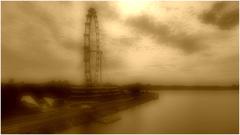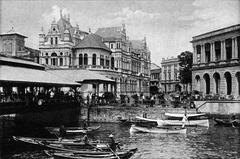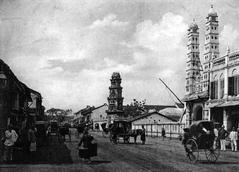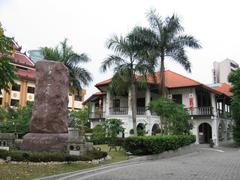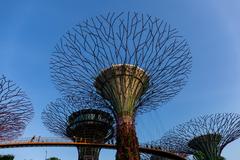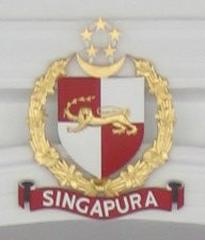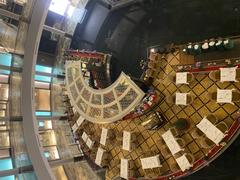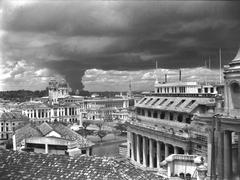
Istana Kampong Glam: Visiting Hours, Tickets, and Historical Significance in Singapore
Date: 04/07/2025
Introduction
Istana Kampong Glam is one of Singapore’s most iconic heritage sites, reflecting the city’s rich Malay royal legacy and the multicultural vibrancy of Kampong Glam. Originally the royal palace of Sultan Hussein Shah—the first Sultan of Singapore—the site today houses the Malay Heritage Centre, a dynamic museum and cultural institution. This guide provides updated visitor information, explores the palace’s architectural and historical significance, and highlights its enduring role in Singapore’s cultural landscape.
For further details, see the official Malay Heritage Centre and historical resources (Malay Heritage Centre, Lion Heartlanders, Google Arts & Culture).
Table of Contents
- Introduction
- Historical Background and Origins
- Architectural Features and Conservation
- Role as Royal Residence and Community Hub
- Colonial Transition and Community Evolution
- Modern Transformation as Malay Heritage Centre
- Current Visitor Information
- Cultural and Social Significance
- Frequently Asked Questions (FAQ)
- Visuals and Media Suggestions
- Conclusion and Planning Your Visit
- References
Historical Background and Origins
Istana Kampong Glam’s foundation lies in the early 19th century, when Singapore was rapidly transforming into a British trading port. In 1822, Sir Stamford Raffles designated Kampong Glam as the seat for the Malay royalty and the Malay-Muslim community, cementing the area’s role as a royal and cultural enclave (Lion Heartlanders). Sultan Hussein Shah and his family resided here, and the palace’s location near the Rochor River enabled both governance and commerce within a cosmopolitan district.
The original palace was rebuilt in 1840 by Sultan Ali, Sultan Hussein’s son, and later became a focal point for the Malay, Arab, and Bugis communities in Singapore (Everyday Tour Company).
Architectural Features and Conservation
Design Influences
Istana Kampong Glam presents a unique blend of traditional Malay architecture and European Palladian style. The symmetrical facade, grand verandahs, and columns reflect colonial influences, while interior elements and spatial organization are inspired by traditional Malay “rumah panggung” design (Google Arts & Culture).
Materials and Construction
The palace was built using brick, timber, and stuccoed masonry, with clay roof tiles and intricate woodwork. Its design accommodated Singapore’s tropical climate, featuring wide corridors, timber-louvered windows for ventilation, and a large pitched roof. The yellow color of the facade symbolizes Malay royalty, while the two-storey structure allowed for both private and ceremonial functions.
Conservation Efforts
By the late 20th century, urban development threatened Kampong Glam’s heritage. In 1989, the area was declared a conservation zone, and after the royal family vacated the palace in 1999, the building underwent extensive restoration. In 2005, it was reopened as the Malay Heritage Centre, with further enhancements in 2011–2012 to improve visitor experiences and accessibility (Lion Heartlanders, Google Arts & Culture).
Role as Royal Residence and Community Hub
Throughout the 19th and early 20th centuries, Istana Kampong Glam served as the home and court of the Malay sultans. It functioned not only as a royal residence but also as a center for political, religious, and social activities for the Malay-Muslim community. The nearby Sultan Mosque, built in 1824 and reconstructed in the 1920s, further established the district as the spiritual heart of Malay Singapore (Google Arts & Culture).
The palace’s grounds hosted royal ceremonies, religious festivals, and important community events, reinforcing its status as a communal anchor.
Colonial Transition and Community Evolution
A pivotal moment in the palace’s history came in 1897, when legal disputes led to the property being declared Crown land. The colonial government enacted ordinances to provide for Sultan Hussein’s descendants, but the palace itself remained under British control. Despite this, the royal family continued to reside there until 1999 (Google Arts & Culture). Kampong Glam evolved into a diverse urban district, shaped by Arab, Bugis, and Javanese influences, with the palace at its heart (Lion Heartlanders).
Modern Transformation as Malay Heritage Centre
Following its restoration in the early 2000s, Istana Kampong Glam was transformed into the Malay Heritage Centre (MHC), which opened in 2005. The MHC serves as a museum and vibrant cultural hub. Its galleries explore Malay history, royal lineage, cultural practices, and the community’s contributions to Singapore’s development.
The centre regularly hosts exhibitions, performances, workshops, and festivals, engaging both locals and tourists (Everyday Tour Company, Monster Day Tours).
Current Visitor Information
Temporary Closure and Reopening Plans
As of July 2025, the Malay Heritage Centre is temporarily closed for major revamp works and is scheduled to reopen in 2026. During the closure, there are no visiting hours or ticket sales; visitors should consult the official website for reopening updates and upcoming programs.
Tickets and Accessibility
Before closure, admission fees were affordable, with concessions for children, students, and seniors. Updated ticketing policies will be announced when the centre reopens. The facility is equipped with accessible entrances, restrooms, and visitor services to accommodate all guests (malayheritage.gov.sg).
Directions and Travel Tips
- Location: 85 Sultan Gate, Kampong Glam, Singapore.
- MRT: Nearest station is Bugis (Downtown/East West Lines), about 5–10 minutes on foot.
- Bus: Multiple routes serve North Bridge Road and Beach Road.
- Travel Tips: Use public transport due to limited parking. Visit the area during mornings or late afternoons for a quieter experience. Dress modestly, especially during religious festivals, and check for special events before your visit (forevervacation.com, trip.com).
Guided Tours and Events
When open, the centre offers guided tours, cultural workshops, and regular events such as open-air performances and festive bazaars, particularly during Ramadan (thesmartlocal.com). Local tour operators also include the site in Kampong Glam walking tours (monsterdaytours.com).
Photographic Highlights
- The palace’s yellow façade and Sultan Gate entrance
- Courtyard and gardens
- Traditional galleries and royal artifacts
- Vibrant Kampong Glam street scenes
Nearby Attractions
- Sultan Mosque: A major architectural and religious landmark
- Haji Lane: Known for street art, indie boutiques, and cafés
- Arab Street: Renowned for textiles and carpets
- Kampong Gelam district: Offers a diverse culinary and cultural experience (Little Day Out)
Cultural and Social Significance
Istana Kampong Glam is more than a historic building; it is a living symbol of Malay identity, intercultural dialogue, and Singapore’s resilience. The Malay Heritage Centre curates exhibitions and programs that preserve oral histories, traditional crafts, and rituals, fostering a deeper appreciation for the nation’s multicultural tapestry (visitkamponggelam.com.sg).
The site’s location within Kampong Glam—a district shaped by waves of migration and commerce—underscores its importance as a crossroads of cultures, religions, and histories. Events and educational initiatives hosted by the Centre engage all ages and backgrounds, strengthening community bonds and national identity.
Frequently Asked Questions (FAQ)
Q: What are the Malay Heritage Centre’s visiting hours?
A: The Centre is currently closed for renovations, reopening in 2026. Check the official website for updates.
Q: How much are tickets?
A: Ticketing details will be updated upon reopening. Previously, entry fees were affordable with concessions for children, seniors, and students.
Q: Is the site wheelchair accessible?
A: Yes, the Centre offers accessible entrances and facilities.
Q: Are guided tours available?
A: Yes, guided tours are typically available and can be booked in advance or at the Centre when operational.
Q: What nearby attractions can I visit?
A: Sultan Mosque, Haji Lane, and Arab Street are all within walking distance.
Q: Can I take photographs inside the Centre?
A: Photography is permitted in most areas, but flash and tripods may be restricted.
Visuals and Media Suggestions
To enhance visitor engagement and SEO, include:
- High-quality images of the palace’s façade, interior galleries, Sultan Gate, and surrounding Kampong Glam district
- Alt tags such as “Malay Heritage Centre facade in Kampong Glam” and “Traditional Malay crafts exhibit”
- Interactive maps showing the location within Kampong Glam
- Links to virtual tours or 360° gallery views (where available)
- Videos of cultural performances and community events
Conclusion and Planning Your Visit
Istana Kampong Glam—now the Malay Heritage Centre—stands as a testament to Singapore’s royal history, architectural ingenuity, and enduring cultural diversity. As the Centre prepares to reopen with refreshed galleries and expanded programming in 2026, visitors can look forward to a deeper, more interactive exploration of Malay heritage.
To stay updated, download the Audiala app, follow the Malay Heritage Centre on social media, and check official channels for reopening announcements and event details. When you visit, immerse yourself in the rich history of Kampong Glam, explore neighboring landmarks, and participate in the vibrant cultural life that makes this district truly unique.
References and Further Reading
- Lion Heartlanders: Exploring Kampong Gelam’s History and Culture
- Everyday Tour Company: Exploring Kampong Glam
- Google Arts & Culture: Kampong Glam
- Monster Day Tours: Secrets of Kampong Glam
- Little Day Out: Kampong Glam Guide
- Malay Heritage Centre Official Website
- Visit Kampong Gelam: Malay Heritage Centre
- The Smart Local: Ramadan Bazaar
- Forever Vacation: Kampong Glam
- Trip.com: Malay Heritage Centre
- Singapore Trip Guide: Transportation Around Istana Kampong Glam







